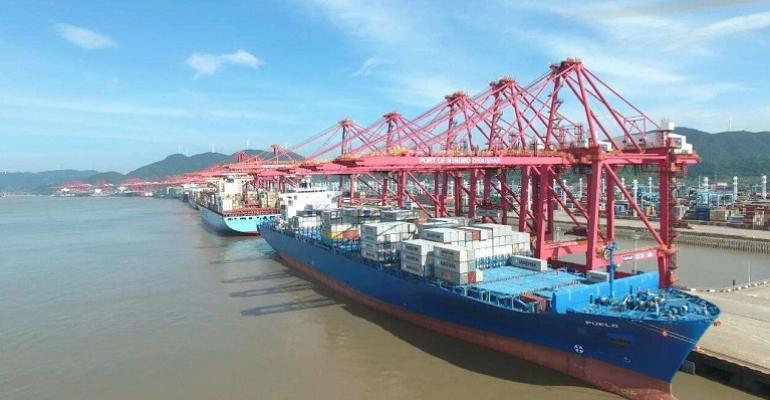What Will the Global Economy Look Like in 2023?
in World Economy News 19/12/2022

One chaotic, disappointing year is ending. Another one is likely in store. In October, the IMF released its annual economic outlook projecting weak growth across the world in 2023. It placed particular emphasis on three issues: high inflation and central bank tightening, Russia’s invasion of Ukraine, and the continued effects of Covid—especially in China.
HBR asked three experts about what to expect for the economy in 2023, and how things have evolved since October.
Mihir Desai is a professor of finance at Harvard Business School. Karen Dynan is a professor at Harvard and a senior fellow at the Peterson Institute for International Economics. And Matt Klein is an economic journalist and the author of The Overshoot newsletter. We put the same questions to all three; their replies, edited for length and clarity, are below.
Let’s start with inflation and interest rates: Where do things stand as the year comes to a close?
Mihir Desai: We’ve lived through a seismic change in rates that we’re still digesting. Those belated increases, along with improving supply-chain considerations, have done well in improving the inflation outlook. But the effects of those interest-rate increases are still being felt in terms of consumer behavior, firm investment plans, and asset prices.
While the runaway aspects of inflation have ameliorated, we are well below a sustainable rate of inflation. The final push toward sustainable inflation levels will require a longer period of sustained higher rates than people imagine. Said another way: Getting to 4-5% inflation will happen by May 2023, but getting back to 2%-3% inflation will take longer and be more painful, triggering a sustained debate regarding the dual mandate of the Federal Reserve.
Karen Dynan: Inflation is very high no matter how you cut it. I would put the underlying trend in the United States at around 5%, which is way above the Fed’s target and the highest level in four decades. Interest rates have risen sharply over the past year as a result of the higher inflation and the Fed tightening in response. Rates on new mortgages have more than doubled relative to where they were a year ago. They touched 7% in October and November, a level we have not seen since the early 2000s.
Matt Klein: The inflation of the past few years has been attributable to the pandemic and, to a lesser extent, to the Russian invasion of Ukraine. Sudden changes in businesses’ ability to produce collided with sharp changes in the mix of goods and services that consumers wanted to buy, leading to both gluts and shortages across the economy.
The good news is that most of the inflation attributable to these one-off factors seems to be on its way out. Overall inflation probably peaked over the summer. The bad news is that there also seems to have been a modest uptick in the underlying rate of inflation from around 2% a year to 4-5% a year.
What will the labor market look like next year? Are the recent wave of layoffs a sign that a “soft landing” without job losses isn’t possible?
Mihir Desai: The labor market remains remarkably strong at year-end, and it seems inevitable that it will weaken. The only question is the pace and severity of that weakening.
It’s conceivable that the weakening will be slow and moderate, but the larger issue is a possible decline of consumption. Consumers are facing higher prices, higher interest rates, declining savings rates, more borrowing, and lower wealth levels. For now, consumer spending has held up. As the economy slows, we could be facing a longer consumer-driven recession rather than just significant declines in investment and associated losses in employment. These declines in labor demand will likely center on white-collar workers. For that reason, we could continue to feature a relatively healthy unemployment rate (4%-5%) and still have a struggling economy for a longer period of time.
Karen Dynan: There’s a lot of uncertainty about where the U.S. labor market is going. Notwithstanding the news about layoffs at some companies, job growth overall remains robust. The labor market is still really tight, with about 1.7 job openings for every unemployed worker.
All this is creating wage pressures that are feeding through to prices. The Fed’s hope is that bringing labor demand back in line with labor supply—without a lot of job loss—will be enough to reduce inflation back to its target level. But history suggests that won’t be enough. A more likely scenario is that the unemployment rate will have to rise considerably to reduce wage pressures sufficiently to wring the excess inflation out of the system.
Matt Klein: Underlying inflation seems to have accelerated from around 2% a year to 4-5% a year, because the pace of wage growth is several percentage points faster than the long-term pre-2020 growth rate.
There are basically three ways of interpreting this:
- Wage growth has been unusually fast because lots of people were changing jobs, but this churn will go away on its own.
- Wage growth is unusually fast because there is a mismatch between the huge number of open positions and the number of available workers, which means that it might be possible to persuade companies to cut back on hiring without pushing the economy into a deep downturn.
- Wage growth is unusually fast because too many people are employed and feel secure in their ability to find a new job, which means that inflation will only go away if a lot of people lose their jobs.
- The first two interpretations are both consistent with the “soft landing” scenario.
Some perspective is in order: Around 250,000 Americans have been filing for unemployment benefits for the first time every single week in 2022, while around 6.5 million Americans were hired each month. Those hiring numbers dwarf the layoffs that have been announced so far.
How important are Covid and the war in Ukraine to next year’s economic outlook?
Mihir Desai: Unexpected geopolitical events, as always, remain wild cards. Specifically, China’s ability to navigate an exit from “zero-Covid” safely and the European exposure to spiking energy prices remain critical risks. The success of China’s reopening has potentially opposing inflationary effects by lessening supply chain disruptions but also contributing to global demand for commodities and energy.
Karen Dynan: It does not look like Covid shutdowns are going to weigh heavily on economic activity, especially now that China is rolling back its zero-Covid policy. But Covid is still very relevant in the sense that disabilities related to past cases of Covid and ongoing fear of the virus appear to be factors impeding the return of some workers to the labor force. The labor force participation rate for older adults in the United States is still well below its pre-pandemic level. And that’s contributing to the worker shortage that is pushing up wage inflation.
The war in Ukraine also remains a key storyline for the global economy. The most important channel is that the restricted supply of Russian natural gas has created an energy crisis in Europe. This crisis appears to have tipped some European economies into recession, and that has major implications not only for those economies, but also for their trading partners.
Matt Klein: Covid is probably not going to be a major factor for the economy in 2023 unless there are new variants that are extremely dangerous even to those with booster shots. China’s Covid lockdowns this year have had surprisingly little economic impact on the rest of the world, except insofar as they have reduced the pressure on commodity prices. China’s reopening could lift commodity prices next year, although much will depend on how they go about it (and whether they change their mind).
The economic impact of the war in Ukraine for the rest of the world probably peaked back in the summer, if not earlier. The damage that has been done is mostly baked in for everyone outside of Russia and Ukraine. That said, there is room both for positive surprises (a just peace settlement) and negative ones (a major escalation of the war).
What wasn’t on the IMF’s shortlist that you’re watching?
Mihir Desai: I would include:
- The fragility of emerging markets because of rising rates as an underappreciated risk.
- The possibility that companies seeking external financing (either levered companies or high growth, unprofitable companies) will struggle with financing options and trigger financial distress and bankruptcies at a high rate.
- The acceleration of protectionist and autarkic tendencies that will immiserate the world.
Karen Dynan: Higher levels of government debt coming out of the pandemic are potentially a big deal. Most countries ran large budget deficits in 2020 and 2021 because of reduced tax revenues and higher levels of government spending. And with interest rates rising globally, many countries — particularly lower-income countries — are likely to face strains making their debt payments. A wave of defaults on sovereign debt would not only be tough for the countries defaulting but potentially very disruptive for global financial markets.
Matt Klein: A few things:
- How will business investment respond to recent changes in asset prices and the commitment of monetary policymakers around the world to slower growth?
- Will there actually be a big uptick in global defense spending, and if so, what will that do?
- What will the return of industrial policy in the U.S. (with the Inflation Reduction Act) mean for cross-border investment and trade?
- What will be the longer-term ramifications of the sanctions imposed on Russia and Chinese semiconductors for global fragmentation?
- What’s the optimistic case for the global economy in 2023? If we’re looking back in a year and growth has exceeded expectations, what might have happened?
Mihir Desai: The wildly optimistic case is that inflation moderates very quickly, and we return to 2% inflation by early next year, allowing for a shorter period of high rates and without major job loss. This seems fantastical to me although it’s possible to interpret the current yield curve in this manner. It’s remarkable how embedded this view is today.
Karen Dynan: In my view, a soft landing — meaning a taming of inflation without major job loss — would be a really good outcome for the United States. If inflation for 2023 makes it back down to 3% without major job loss, I would consider that a really good outcome.
Parts of Europe are probably already in recession because of their energy crises, but those recessions are likely to be mild if the war in Ukraine comes to an end relatively quickly.
Matt Klein: The best thing that could happen for global economic growth is that underlying inflation starts to subside on its own and that policymakers are nimble enough to recognize this and adapt accordingly.
More generally, things will be better if economic policymakers remember that the goal is finding ways for people to produce more, rather than consume less. If Russia withdraws from Ukraine and unblocks the flow of commodities that would also be helpful.
What’s the pessimistic case? And what downside risks are you worried about?
Mihir Desai: The pessimistic case is persistent inflation above 5% throughout 2023 because of a wage-price spiral that means that rates have to stay high much longer. Equity markets have been undergoing a valuation reset — in the pessimistic scenario, stocks continue to fall because the prospect of declining corporate earnings and persistently higher rates still hasn’t been fully internalized in prices.
Karen Dynan: Most of my concerns have to do with asset prices and financial markets. Tighter financial conditions have led to big reductions in stock prices, but we don’t know how much further stock prices might fall, particularly if the Fed has to tighten more than currently expected.
Home prices soared during the pandemic. We don’t know how much of that increase reflects a fundamental shift in values due to people working from home, as opposed to a bubble, so it’s hard to know how much they will fall as housing credit conditions tightened.
And, as I mentioned earlier, there is a real possibility of financial market disruption from sovereign debt defaults.
Weaker growth in China is also a source of downside risk. Large-scale Covid shutdowns in China may be behind us, but there is a major property slump that threatens to significantly depress economic activity in 2023 there. With China such a big part of the global economy, there could be significant spillovers to other countries.
Matt Klein: The case for pessimism is that policymakers might be too slow to realize that they’ve made a mistake. We’re all trying to interpret the same sets of numbers, and they are hard to interpret. One major downside risk is the Fed recognizing too late that it’s raised rates too high.
The other major downside risk is that the world has to deal with some new unpleasant surprise. The global economy today would look completely different if not for Covid and Russia’s invasion of Ukraine. Who knows what else might happen?
Source: Harvard Business Review, by Walter Frick

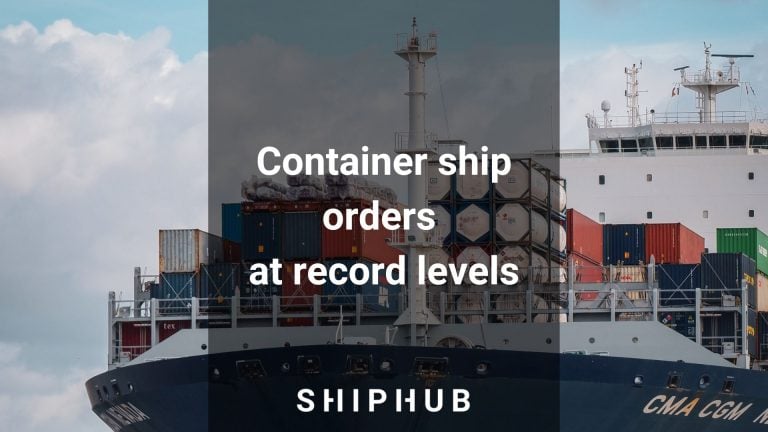
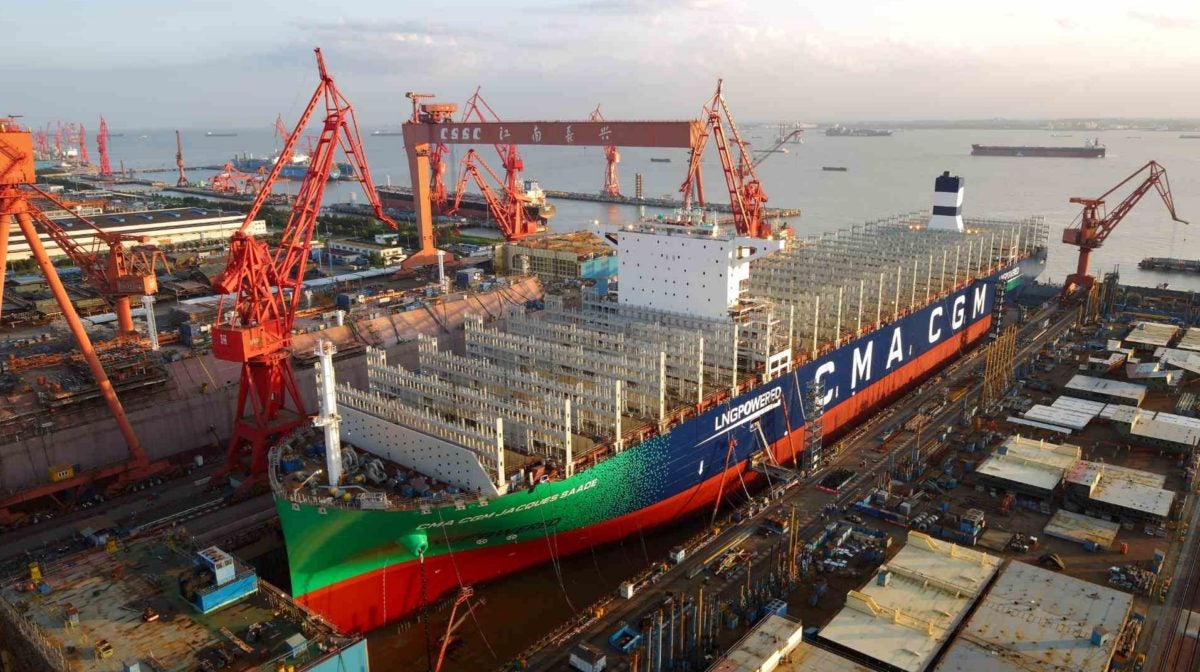
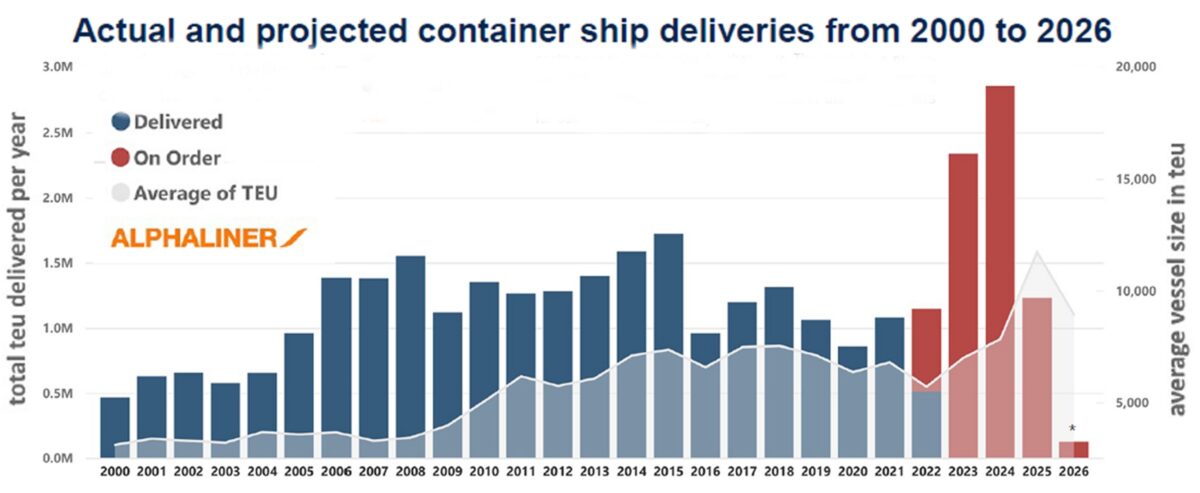
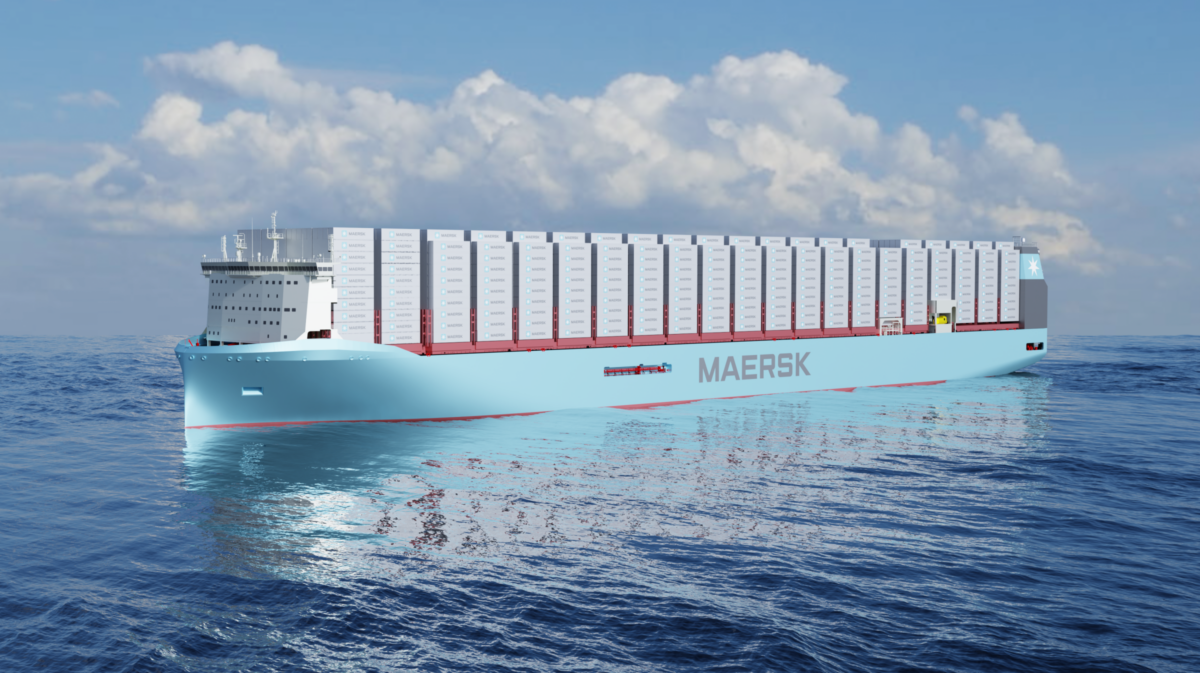
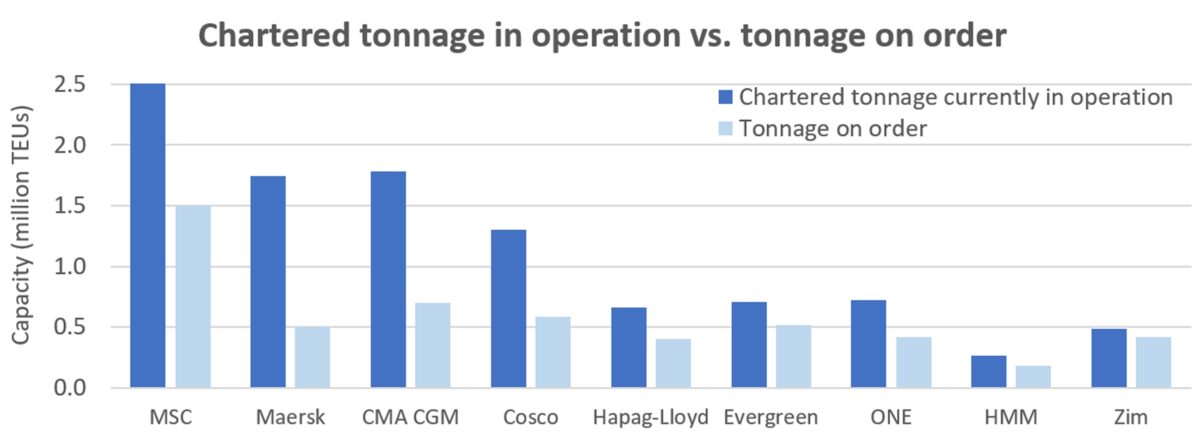
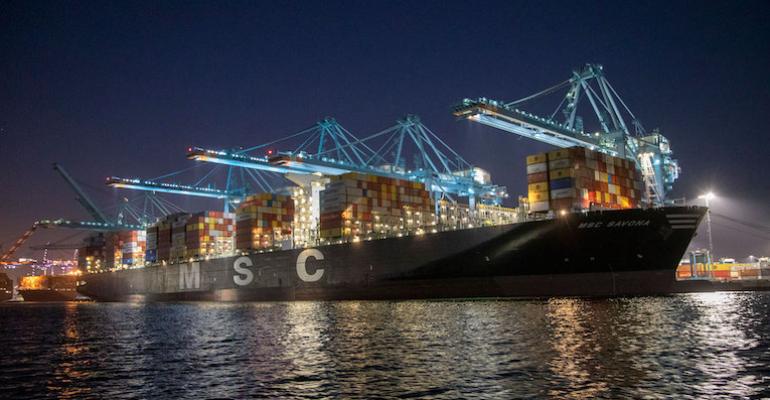
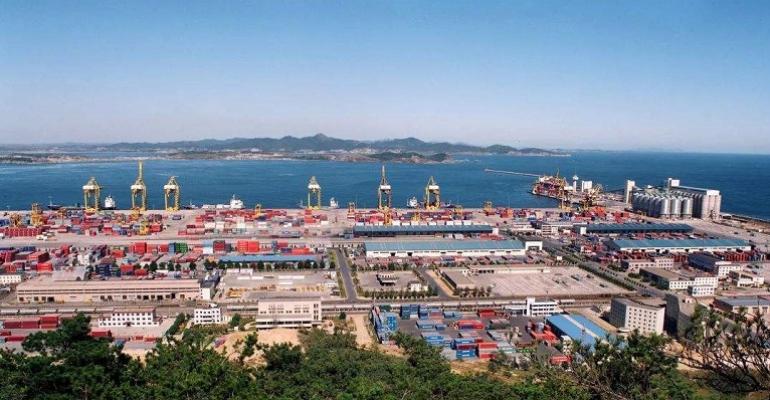
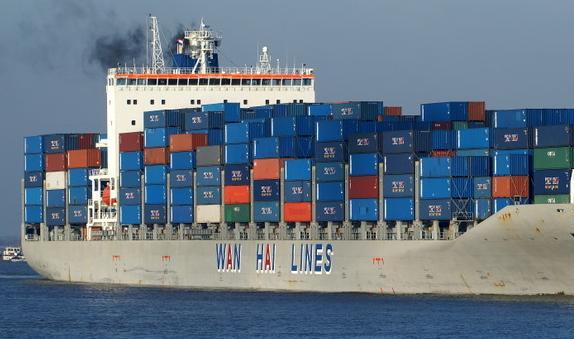

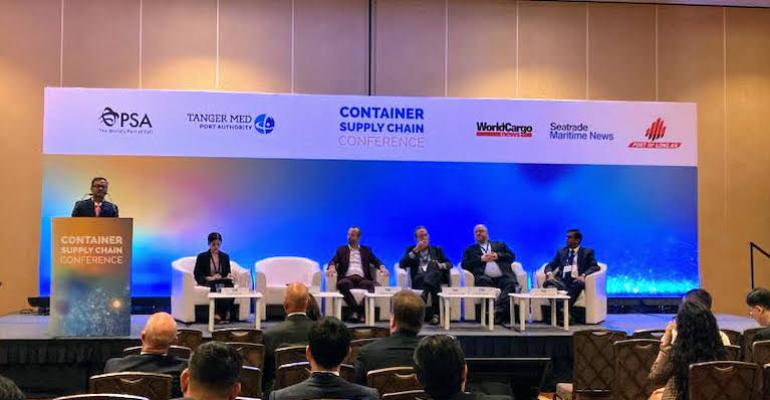
![Guangzhou port 22[2].jpg](https://www.seatrade-maritime.com/sites/seatrade-maritime.com/files/styles/article_featured_standard/public/Guangzhou%20port%20222.jpg?itok=RMLuacPr)
